The Reverse Progress of Ending Child Labor
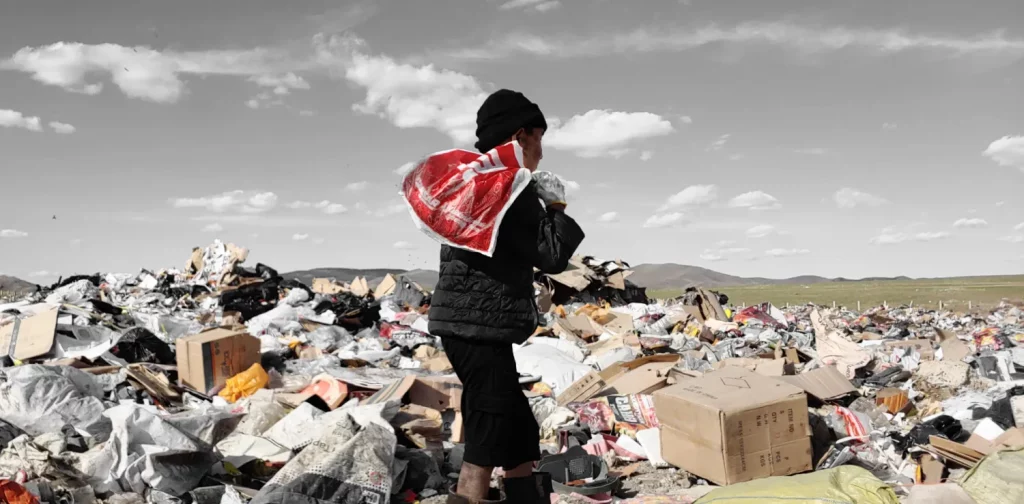
Child scavenging at a dumpsite, Mongolia | Photo: ILO Asia-Pacific
Picture this: children are running around, laughing, and playing in a schoolyard during break time. In an ideal world, all children get to have that. The reality, however, is that many are struggling with hunger, poverty, humanitarian crisis, child labor, and others. Ending child labor has been one of the priority objectives in the global efforts to protect children and their rights. Unfortunately, 160 million children worldwide are still in child labor.
Understanding Child Labor
Did you know that not all children who work are considered in child labor? Child labor depends on the age, the type of work, the hours, and the conditions. For instance, helping at a family business or earning pocket money outside of school is a good thing that contributes to children’s development.
The International Labour Organization (ILO) defines child labor as something “mentally, physically, socially or morally dangerous and harmful to children”. It can also be work that disturbs their education by forcing them to stop going to school or cutting into their school and studying hours with “excessively long and heavy work”. This includes doing children household chores instead of going to school, which disproportionately affects girls.
Reverse Progress
From the 2000s, there had been promising progress in ending child labor. However, progress has stalled or reversed in recent years. According to an ILO report titled “Child Labour: Global estimates 2020, trends and the road forward”, there were over eight million more children in child labor than in 2016.
The report also states that with 160 million children in child labor, about one in ten children worldwide is a victim. The share is highest in Sub-Saharan Africa, with 86.6 million children in child labor. This number is followed by Central and Southern Asia (26.3 million) and Eastern and Southeastern Asia (24 million).
Among them, 89 million are children aged five to eleven. Furthermore, agriculture and in-family are where most child labor occurs, such as on family farms and in other family micro-businesses.
With the economic crisis, education crisis, and continuous threats on children’s lives like those happening in Gaza, Palestine, more and more children are at risk of being forced into child labor. Even the supposedly ‘green’ industries like renewable energy are not clean from exacerbating child labor around the world.
Ending Child Labor
The Sustainable Development Goal Target 8.7 includes a commitment to end child labor in all its forms by 2025. It is essential to keep in mind that eliminating child labor requires addressing other issues in sustainable development. Tackling poverty, expanding social protection, and ensuring free and quality elementary and secondary education for all are among the strategies tightly interlinked with ending child labor.
At the Asia-Pacific Regional Meeting on Child Labour and Forced Labour in March 2024, representatives emphasized the need for an integrated, rights-based approach. After all, broad engagement across stakeholders and sectors is vital to the global efforts to end child labor and safeguard the wellbeing of children—now and in the future.

If you find this content useful, please consider subscribing to Green Network Asia.
Your subscription will give you access to our interdisciplinary and cross-sectoral insights on sustainability-related issues and sustainable development across the Asia Pacific and beyond, strengthening your personal and professional development while supporting GNA’s financial capacity to continue publishing content dedicated to public education and multi-stakeholder advocacy.
Select Your Subscription Plan
Nazalea Kusuma
Naz is the Manager of International Digital Publications at Green Network Asia. She is an experienced and passionate writer, editor, proofreader, translator, and creative designer with over a decade of portfolio. Her history of living in multiple areas across Southeast Asia and studying Urban and Regional Planning exposed her to diverse peoples and cultures, enriching her perspectives and sharpening her intersectionality mindset in her storytelling and advocacy on sustainability-related issues and sustainable development.


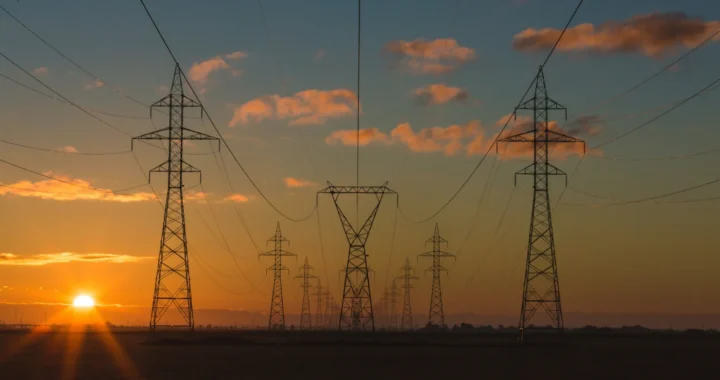 Developing Financing Initiatives for the ASEAN Power Grid
Developing Financing Initiatives for the ASEAN Power Grid  Imparting Actionable Knowledge Through Sustainability Training Activities
Imparting Actionable Knowledge Through Sustainability Training Activities 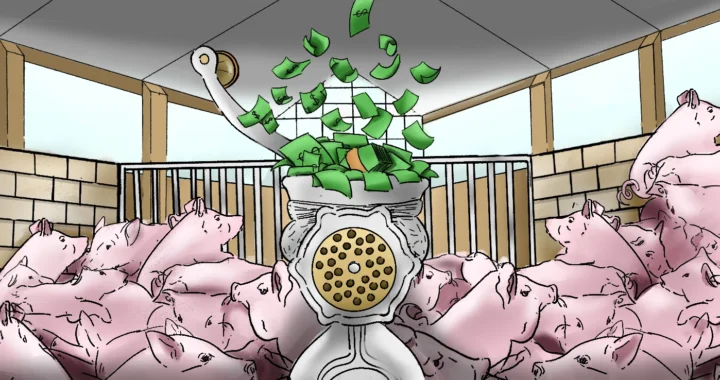 Stop Funding Factory Farming in Vietnam: Pathway to Financing a Just and Sustainable Food System
Stop Funding Factory Farming in Vietnam: Pathway to Financing a Just and Sustainable Food System  When Green Turns Excessive: The Overproduction and Overconsumption of Reusables
When Green Turns Excessive: The Overproduction and Overconsumption of Reusables 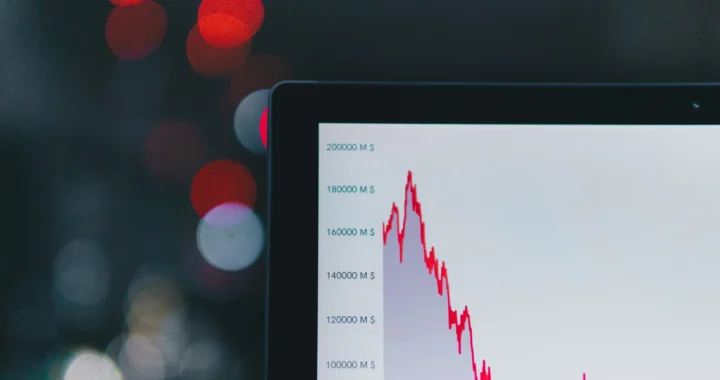 SDG Venture Scaler Aims to Drive Sustainable Investment in Southeast Asia
SDG Venture Scaler Aims to Drive Sustainable Investment in Southeast Asia 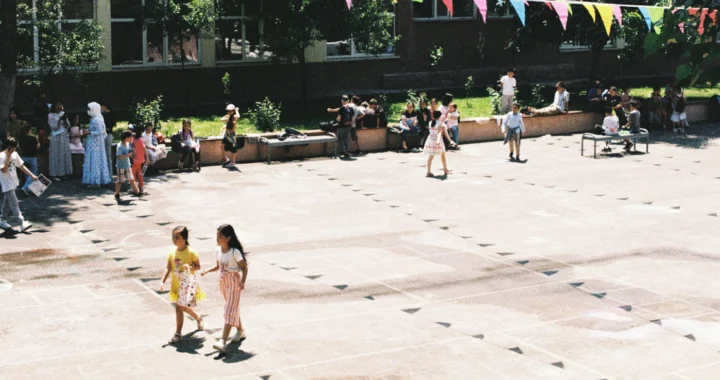 Improving Primary Education in Central Asia
Improving Primary Education in Central Asia